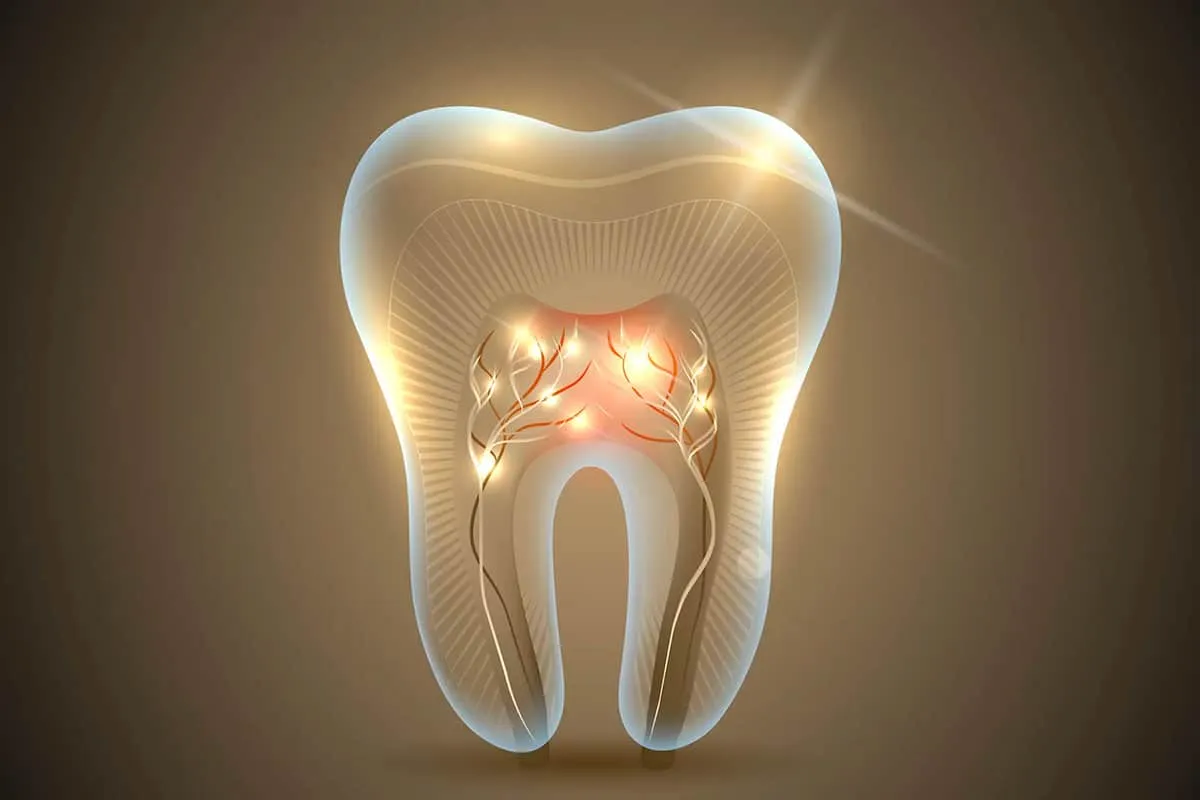Foiling death is a bet that scientists have been trying to take up for ages. The alchemists of the Middle Ages, and before them, the scientists of ancient Greece, thus attributed to the hypothetical philosopher’s stone the ability to prolong human life beyond its limits. Centuries later, the secret of immortality has still not been lifted, but researchers around the world are working as hard to find a way to eradicate deadly diseases as to try to counter the effects of cellular aging. In the light of the latest advances in this field, can human beings be immortal one day?
Rejuvenation by cellular reconfiguration has recently fantasized billionaires like Jeff Bezos, the ex-CEO of Amazon, or the Russian tycoon Yuri Milner, probably in search of immortality.
Three billion dollars were thus raised by the biotechnology company Altos Labs, founded by Milner and officially launched on January 19, 2022, attracting the most eminent scientists including the Japanese Shinya Yamanaka, discoverer of cell reprogramming, but also Juan Carlo Izpisua Belmonte from the Salk Institute for Biological Studies in La Jolla. The official goal is to “transform medicine through cellular rejuvenation programming”. Bezos has invested heavily in the company.
With the expertise of these top scientists, biotech Altos Labs would like to extend cellular rejuvenation to whole-body revitalization in order to prolong human life.
What is behind this technique? Where are we really?
What are the implications for human health?
Human cells have a programmed lifespan and their main characteristic is to divide in a controlled way to ensure the survival of our tissues and organs. An aging or senescent cell is a cell that no longer divides and will be eliminated by apoptosis (cell death).
Such is life…
But, in 2006, the work of the 2012 Nobel Prize for Medicine, the Japanese researcher Shinya Yamanaka, opened up hitherto unthinkable fields of research, based on the possibility of rejuvenating our cells. The introduction of four specific genes into the genome of any adult cell (skin or blood cells for example) causes its rejuvenation at an embryonic stage which is called induced pluripotent stem cell and which will be called induced stem cell to simplify.
The stem cell thus induced regains the pluripotent properties of embryonic stem cells, ie it can differentiate into any type of adult cell, for example a neuron, a cardiac cell or an epithelial cell. This suggests that in the future, it will be possible to repair or manufacture any type of organ or tissue from these induced stem cells.
”
In the future, it will be possible to repair or manufacture any type of organ or tissue from these induced stem cells.
The first attempts to repair tissue from retinal epithelial cells derived from stem cell differentiation have been successfully performed in Japan to treat age-related macular degeneration.
A pioneer in this field, Japan has set up a bank of immunologically characterized induced stem cells which correspond to each immunological type of a potential recipient in order to avoid rejection of this cellular treatment. In these first regenerative medicine trials, healthy epithelial cells were obtained by differentiation of human induced stem cells showing optimal immunological compatibility with the recipient patient. Despite these promising early trials, we are only at the dawn of the use of induced stem cells in regenerative medicine to treat tissues more complex than the eye, such as the heart, brain or pancreas.




Comments are closed.